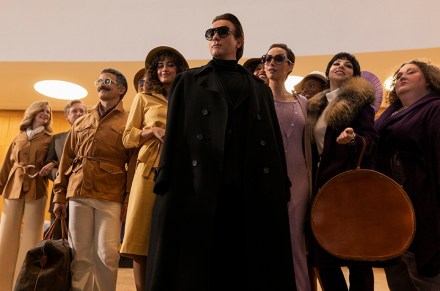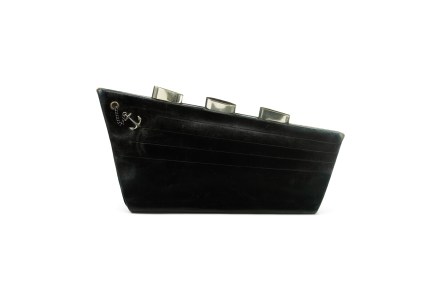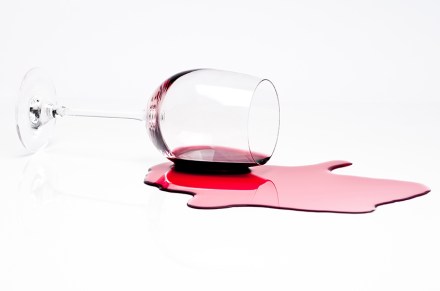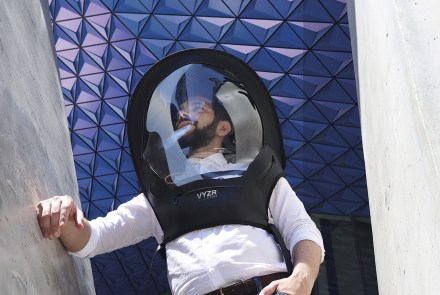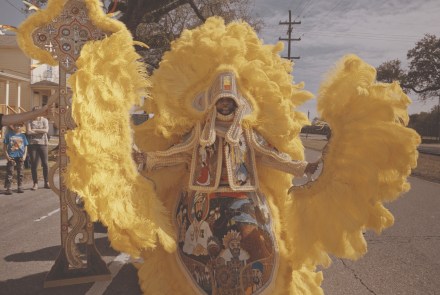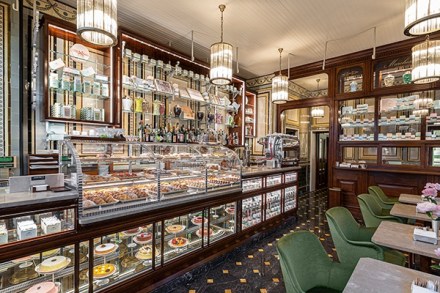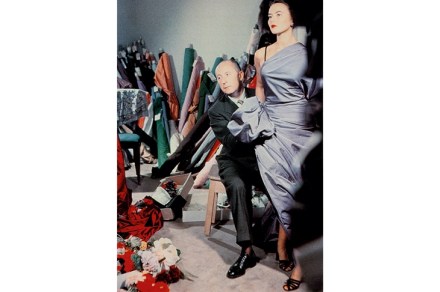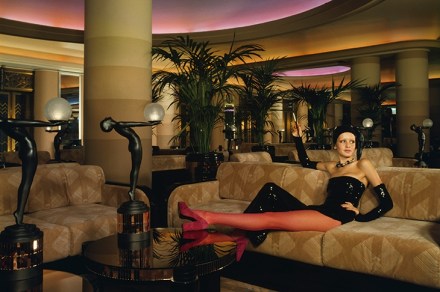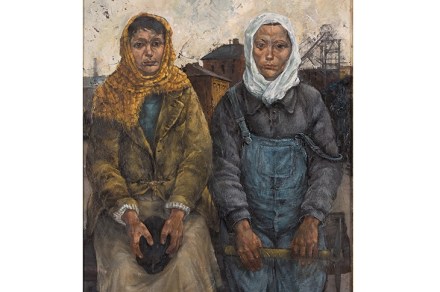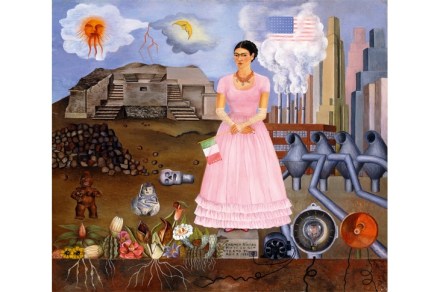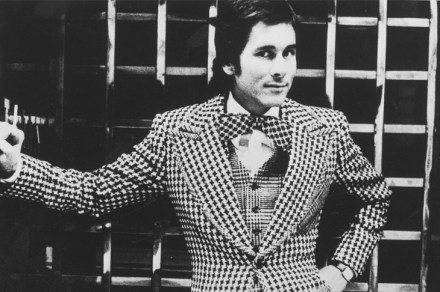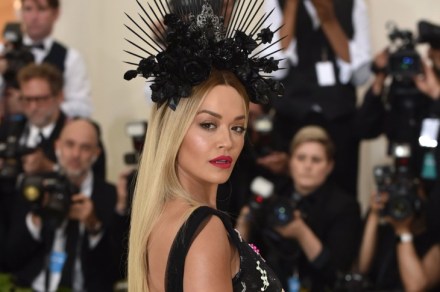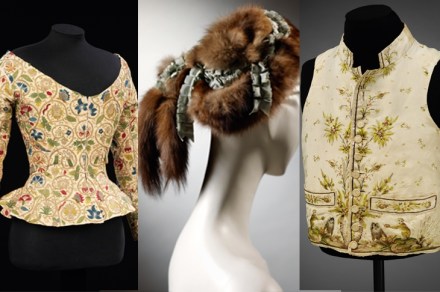I can finally spill the beans about Halston and Princess Margaret
New York Already on your idiot box via Netflix is a mini-series about a man who also used one name, but burned out rather early due to an outsized ego and too much coke. His name was Halston, and his fame was based on the fact that he designed a pillbox hat that Jackie Kennedy Onassis wore at her hubby’s inauguration. Yes, fame is tricky, especially in America, where self-creation was invented and where superciliousness and sleekness pass for gravity and depth. I knew Halston, he was a friend of my then sister-in-law, but we had zero in common. In fact, he thought I wasn’t important enough to greet in
